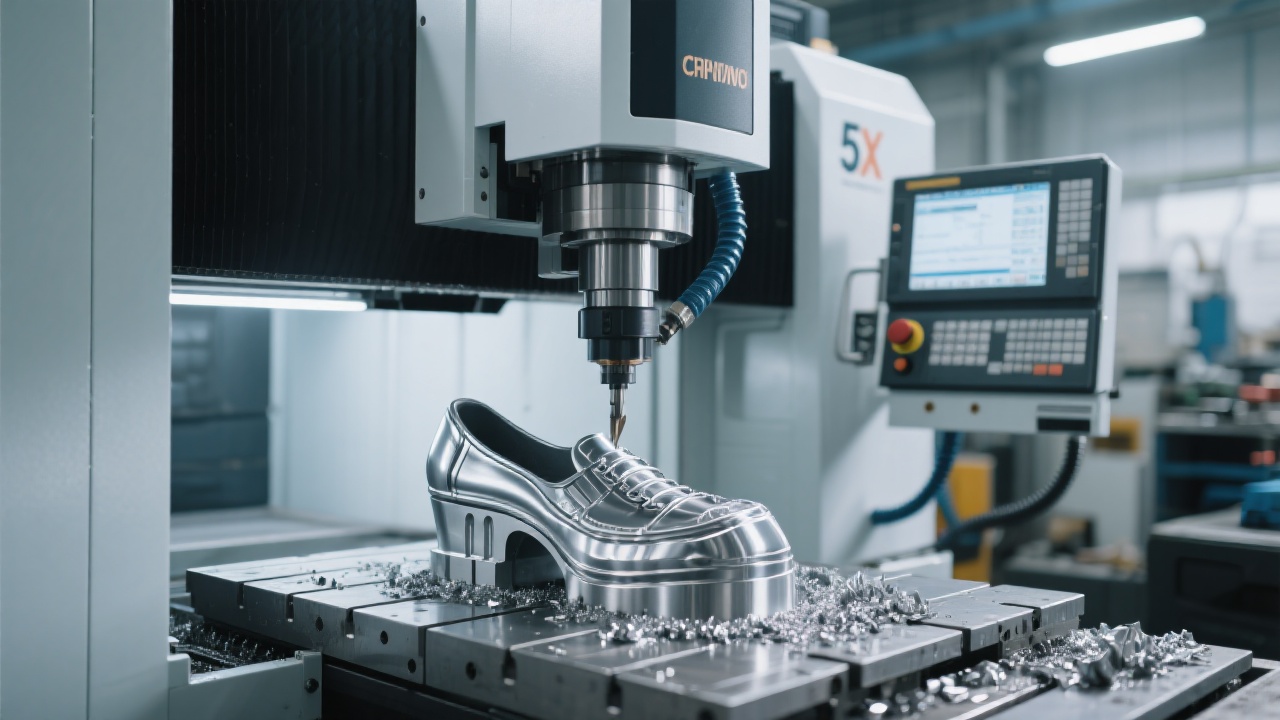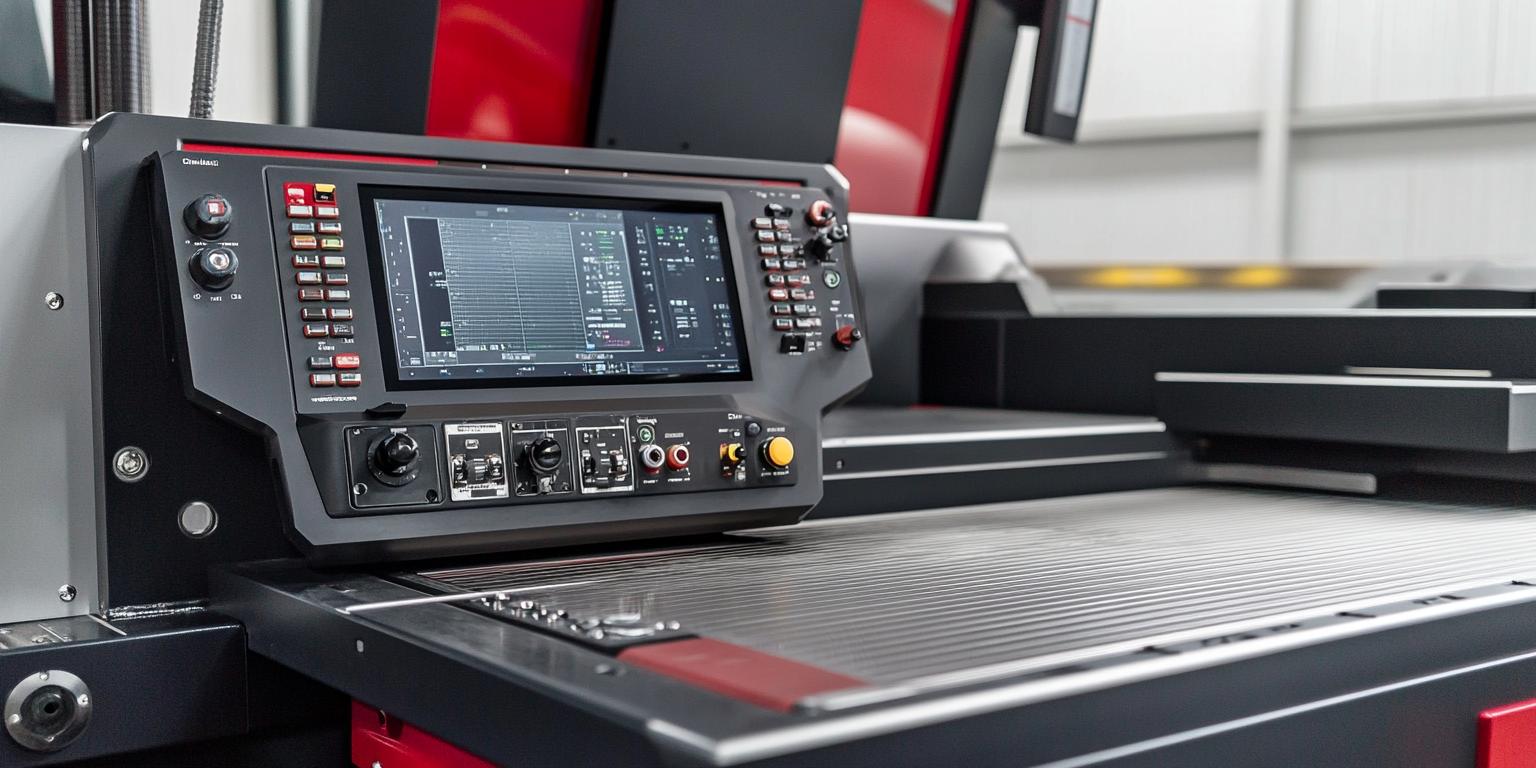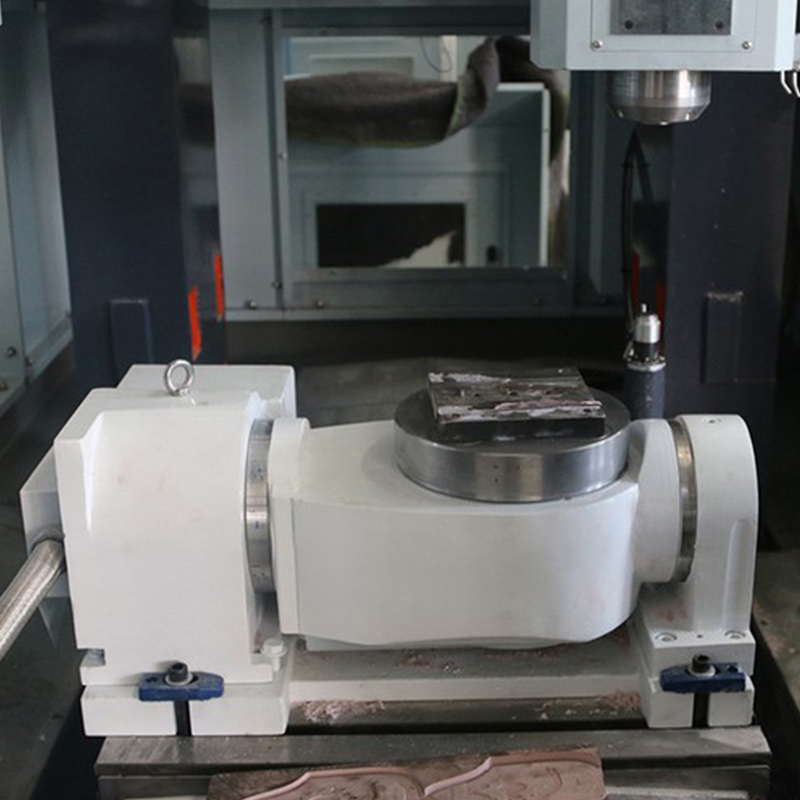
Are you troubled by burrs or dimensional deviations in the complex curved surface processing of shoe sole molds due to clamping errors and improper tool angles? In the shoe mold manufacturing industry, common processing defects such as burrs and inaccurate positioning have long been a headache for manufacturers. These issues not only affect the quality of the final product but also reduce production efficiency and increase costs.
Let's start by understanding the principle of five-axis machining. Unlike traditional three-axis machining centers that only have X, Y, and Z linear axes, five-axis machining centers add two rotational axes. Imagine a dancer gracefully moving in three-dimensional space, with the ability to tilt and turn freely. Similarly, the five-axis machining center can control the tool to always fit the arc of the shoe sole at the optimal angle through the coordinated movement of the X, Y, Z linear axes and the two rotational axes. For example, traditional three-axis machining may require 3 times of clamping, while five-axis machining only needs 1 time, which significantly reduces the clamping error and improves the surface finish.

When it comes to setting the tool angle, there is a certain logical principle. First, you need to analyze the shape and curvature of the shoe sole surface. By adjusting the angle of the tool, you can ensure that the cutting edge has the best contact with the workpiece, thereby improving the cutting efficiency and reducing the generation of burrs. Reducing the number of clamping times not only saves time but also reduces the risk of errors caused by multiple clamping. In terms of improving the surface quality, the five-axis machining center can achieve a smoother surface finish, which is crucial for high - end shoe molds.
Let's take a look at some typical scenarios. For high - heel shoe soles, the complex curved surface requires precise control of the tool angle to ensure the accuracy of the shape. With the five - axis machining center, you can easily handle the delicate curves of high - heel shoe soles. In the case of sports shoes with irregular patterns, the five - axis machining center can adapt to different patterns and textures, achieving high - quality processing. According to statistics, in the production of sports shoe molds with complex patterns, the use of five - axis machining can increase the production efficiency by about 30% compared with traditional methods.

In a multi - variety and small - batch production scenario, a shoe mold manufacturer used to face many problems such as long production cycles and low precision. After adopting the five - axis machining technology, they were able to reduce the production cycle by 40% and improve the precision by 20%. This not only enhanced their delivery ability but also reduced the artificial intervention cost. They could better adapt to the needs of the global footwear concentrated areas, such as Italy, China, and Vietnam, where high - quality shoe molds are in great demand.
Five - axis machining technology offers a powerful solution for shoe mold manufacturers to break through the precision bottleneck, improve delivery efficiency, and enhance market competitiveness. We suggest you start with a single - style trial production to verify the value of five - axis machining. Have you ever encountered problems in shoe mold processing? Share your experiences in the comments below!
Ready to upgrade your shoe mold manufacturing process? Click here to learn more about five - axis machining technology!


